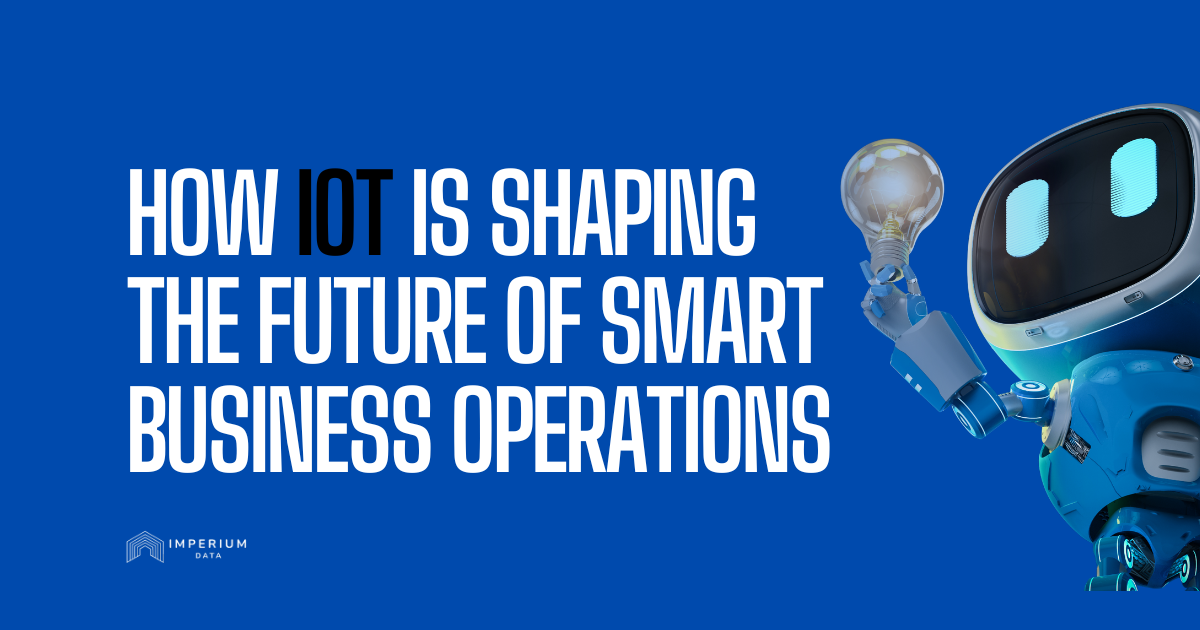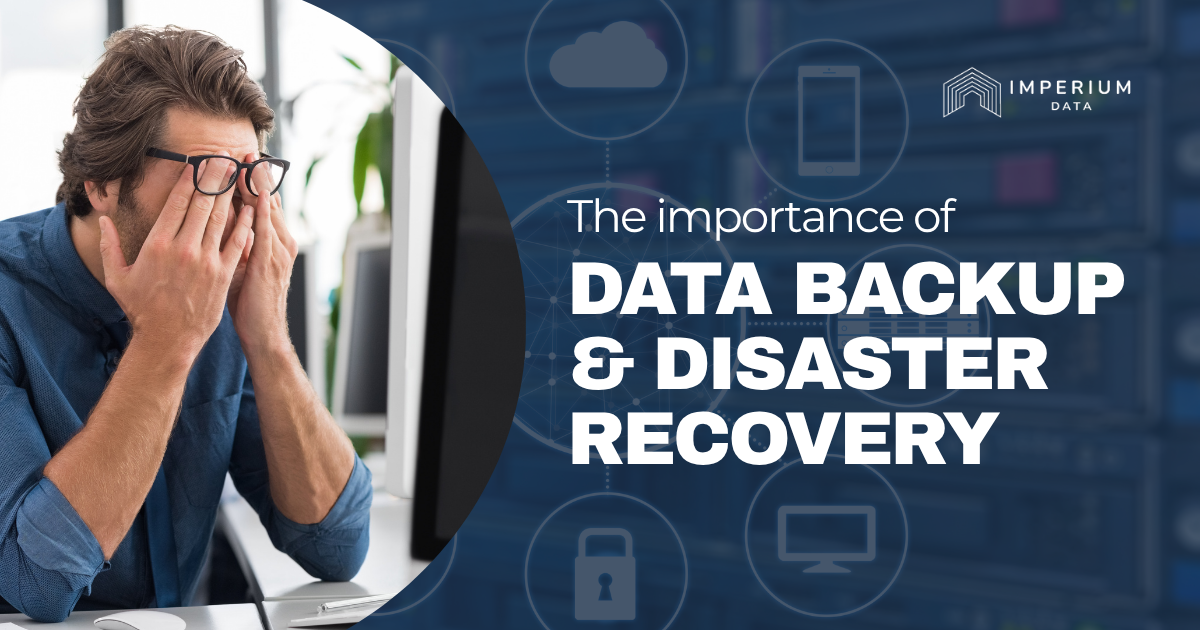Data leakage – what is it, and why does it matter?
Simply put, data leakage is when data is transmitted from within an organization to an outside party without authorization. In today’s world, most of this occurs through technology. Even with a global pandemic keeping us inside our homes, data leakage is still a threat due to modern technology.
Leakage occurs in a variety of ways, both intentionally and unintentionally. Cell phones, computers, mobile storage devices such as USB’s, emails, cloud storage systems, and other technologies we are consistently reliant on can betray our trust. These systems can be beneficial and secure to us, but our precious proprietary files and intellectual property can be at risk if not adequately protected. For many, this exposes companies and individuals to extreme levels of liability. Imagine you are a doctor who allows extremely private medical data from a patient leak out into the more full world; you may as well ask for litigation—attorneys who let private information escape expose their client to public or legal damage. In one day, an entire career’s foundation of trust, reliability, and privacy can crumble.
There are ways to mitigate these risks through Data Leak Prevention or DLP. Our team can institute an effective DLP strategy through strategic planning and implementing a step by step process to secure your corporate network, servers, files, devices, and any other associated hardware or software. With the appropriate setup, we can track the journey of strategic and sensitive data within the system we set up.
Our team will assemble the DLP strategy through the following procedures:
- An analysis of your company
- Listening to your feedback as to what files are of primary importance
- Studying existing in-place infrastructure, devices, hardware, and software
- Identifying ideal software solutions
- Identifying ideal hardware solutions
Upon our completion of the above steps as well as others, we will set up a security structure that will allow us to flag any unauthorized access or vulnerable leak points. As technologies advance for hackers and threatening parties, so will our security systems, ensuring complete protection now and in the future. In addition, we will assemble simple, easy to follow suggestions for dealing with day-to-day data transmission and storage, making safety so easy that any and all employees can follow this.
Additional more sophisticated processes we instill will include:
Email Control & Monitoring:
Most employees send hundreds of emails every week, providing for hundreds of opportunities for data threats. Filtering content for threatening parties will mitigate these threats as well as provide users an opportunity to avoid opening any threatening files. Every year each of us are sent hundreds of potentially harmful emails. Filtering will lower the risk of these threats.
Encryption:
Encrypted data will prevent unwanted readers from being able to functionally read, review, or use any data they catch. This is quickly becoming one of the most popular security safety features.
Firewalls:
Firewalls ward off malicious behavior and threatening items from entering your device naturally. Top firewalls develop and update themselves overtime to keep up with the changing threatening technologies.
Protection of Endpoints:
Endpoints include devices such as phones, computers, etc. Securing these devices will secure your data. Only authorized personal who pass security clearances will be able to access the information.
Other items, such as securing backup infrastructure, data analysis (for files and images), and user education will establish an overall strong system to benefit each user and company while also protecting their outside clients and affiliated parties.



